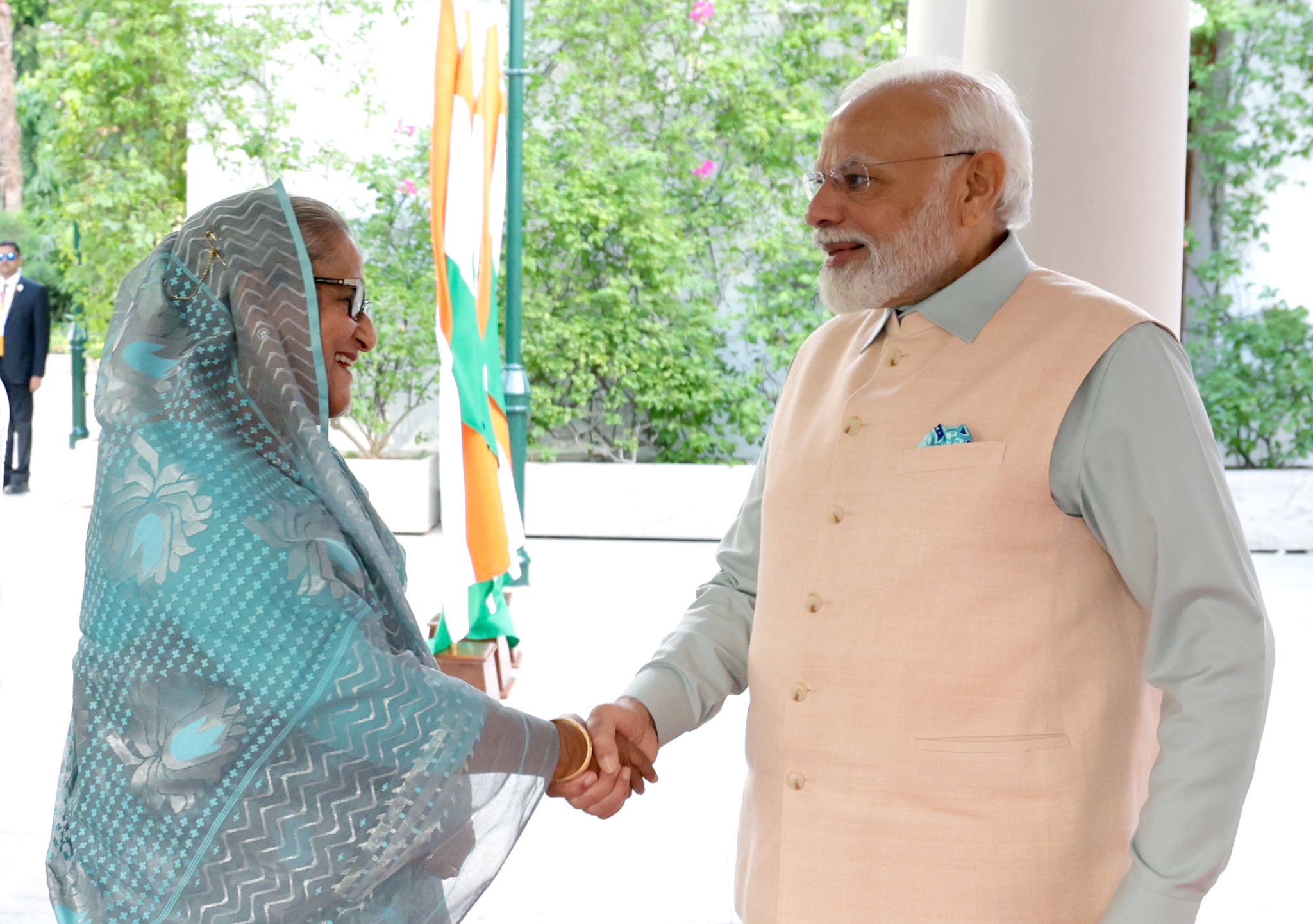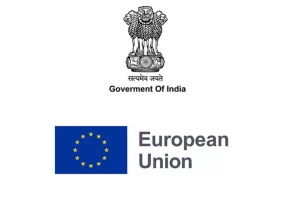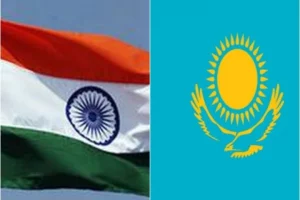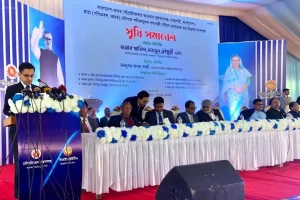The much-awaited 65 km Khulna-Mongla Port railway link in Bangladesh is finally set to be opened by September end or early next month. The project will not only spur Bangladesh’s economy, it will help in boosting connectivity and trade between New Delhi and Dhaka and other neighbouring states including the landlocked Nepal and Bhutan (BBIN).
If all goes as per plan, the first train could start operating on this route by the end of the next month. The rail link may as well be used as an international route at a later stage.
Until now Mongla port, though established in 1950, lacked connectivity with the hinterland.
The project, executed under the Indian LoC (Line of Credit), will significantly reduce logistics hurdles and costs or transshipment of goods including heavy cargo between Kolkata and the northeast states.
“The rail line will be beneficial for the entire BBIN (Bangladesh-Bhutan-India-Nepal) sub-region as it would unchoke supply chain. This is an achievement as finally we see connectivity in the region being strengthened,” a researcher said.
The Business Standard (Bangladesh) earlier noted that with the opening of the rail service, trade and commerce with India, Nepal and Bhutan will be expanded. “Due to the absence of a railway, there was a problem in transporting large containers of the port so far, said businessmen who use the port,” it said.
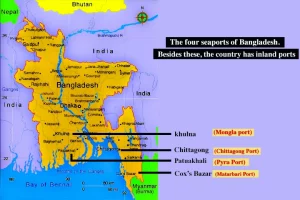
Besides the rail line, more than 30 bridges and 108 culverts — channels bifurcating obstacles on the waterways, have been built to support the train link. The Rupsha bridge, part of the Khulna Mongla port rail line, was completed last year and inaugurated by Prime Minister Narendra Modi and his Bangladesh counterpart Sheikh Hasina. Constructed by Larsen & Toubro, this bridge has also been built under India’s concessional line of credit.
A large chunk of cargo may be directed to the Mongla port once the rail link is operational. According to the Observer Research Foundation, until now, the Chittagong port has been shouldering more than 90 per cent share of the country’s maritime trade.
Located 48 km south of Khulna city, Mongla is Bangladesh’s second-largest seaport. A rail network connecting the interiors of Bangladesh and the port will help small and local businesses along the region. Many businesses dealing in export and import have complained that transporting large containers from Mongla port was “almost a nightmare.” Though the port is built on the Prasur river, it is located just a few kilometres away from the bay.
The broad gauge railway line was undertaken in December 2010. However, the project was hit by a host of hurdles leading to delay in its execution, missing several completion deadlines.
Intraregional trade among the South Asian countries accounts for barely 5 per cent compared to 25 per cent in the ASEAN region. Trade among South Asian countries can go up to an estimated $67 billion if connectivity is boosted.
Last year, a trial run for transshipment of cargo movement from Kolkata to the northeast through Mongla port was successfully undertaken, marking a new era in connectivity for India and Bangladesh. Now with the rail link, the transportation of the goods will become even more seamless.






